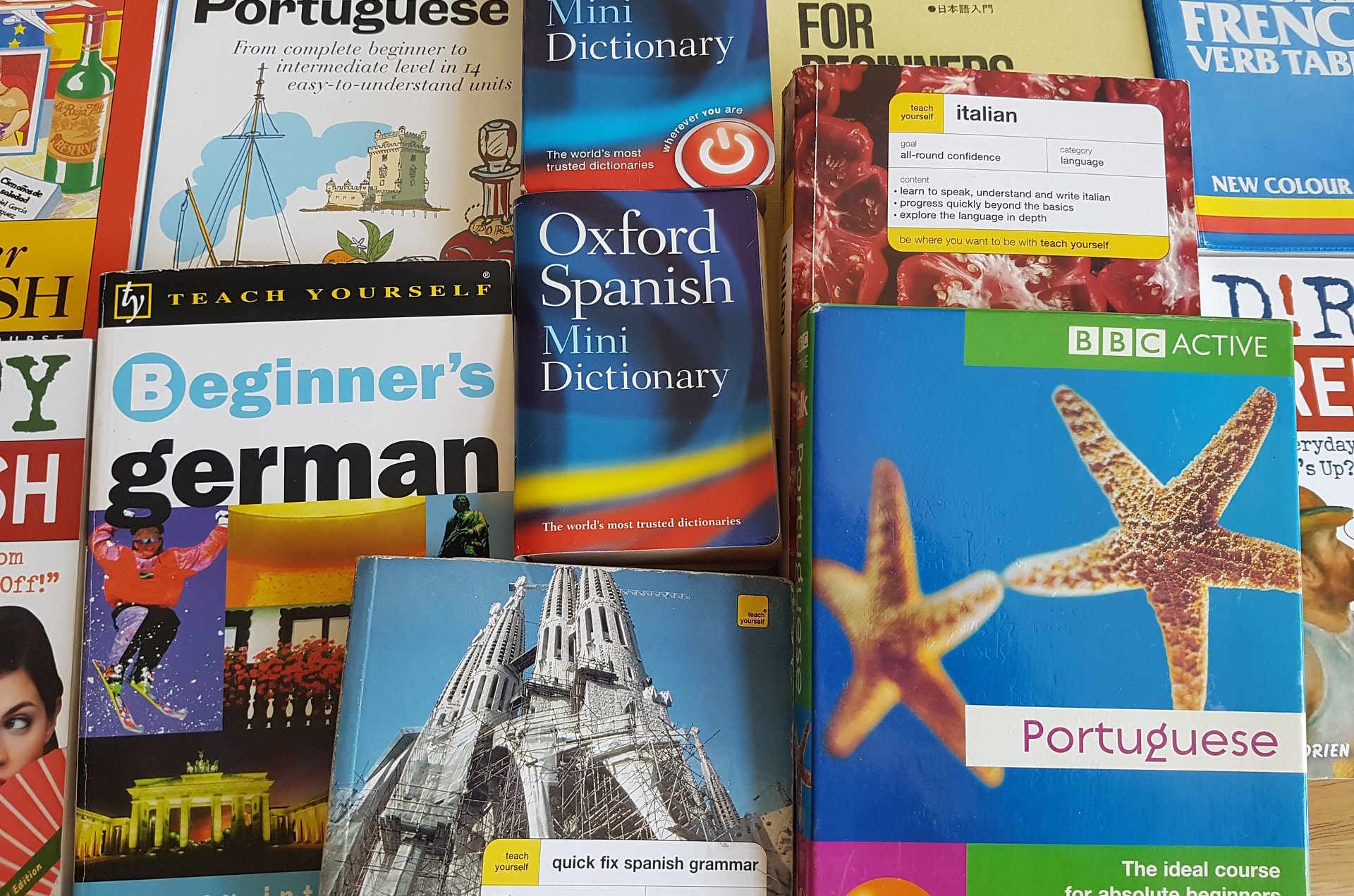Learning Dutch affordably: where to begin?
Learning Dutch doesn't have to break the bank. Whether you're relocating to the Netherlands, have Dutch heritage, or simply want to expand your language skills, finding affordable learning options is essential for sustained progress. The Dutch language offers unique challenges with its distinct pronunciation and sentence structure, but with the right approach, you can master it without spending a fortune. This guide explores cost-effective ways to begin your Dutch language journey, examining structured approaches, teaching methodologies, and how to maximize your language learning investment.
How to choose the right online Dutch course?
Selecting an appropriate online Dutch course requires careful consideration of several factors. First, assess your learning goals—whether you need Dutch for basic communication, professional purposes, or academic requirements. This clarity helps narrow down course options that align with your specific needs.
Look for courses offering free trial periods or sample lessons before committing financially. These trials provide insight into teaching styles, course materials, and whether the pace suits your learning style. Additionally, check for courses with flexible subscription models that allow you to pay monthly rather than committing to large upfront payments.
User reviews and course completion rates are valuable indicators of course effectiveness. A high completion rate suggests the course maintains student engagement and delivers results. Courses with interactive components like speaking practice with native speakers often provide better value despite potentially higher costs, as they develop practical language skills more effectively.
What does a structured learning path entail?
A structured learning path provides a clear roadmap from beginner to advanced levels, ensuring you build skills progressively without knowledge gaps. Effective structured paths typically begin with pronunciation and basic vocabulary before advancing to grammar, conversational skills, and cultural nuances.
Good structured courses divide content into manageable modules with clear progression markers. Each module should build upon previous knowledge while introducing new concepts at an appropriate pace. Look for courses that include regular assessments to measure progress and identify areas needing additional attention.
The most effective structured paths incorporate varied learning activities targeting different skills—listening exercises, speaking practice, reading comprehension, and writing tasks. This comprehensive approach ensures balanced language development rather than overemphasizing one aspect. Additionally, structured paths should adapt to your progress, allowing you to revisit challenging concepts or advance more quickly through familiar material.
Which teaching methods are the most effective?
Research shows immersion-based approaches produce some of the strongest results in language acquisition. These methods simulate natural language learning by surrounding learners with Dutch content, minimizing translation to your native language. While full immersion can be challenging, partial immersion through Dutch media, podcasts, and language exchange partners proves highly effective.
The spaced repetition technique, where vocabulary is reviewed at strategic intervals to optimize memory retention, demonstrates significant effectiveness in language learning. Digital flashcard systems like Anki or Memrise utilize this approach to help learners build vocabulary efficiently.
Communicative language teaching, focusing on practical communication rather than perfect grammar, helps learners gain confidence in real-world interactions earlier. This method emphasizes functional language use in authentic contexts. For many adult learners, combining multiple approaches—structured grammar lessons paired with immersive practice and communicative exercises—yields the best results, accommodating different learning preferences and targeting various language skills simultaneously.
What are the costs of online Dutch language courses?
Online Dutch courses vary significantly in price depending on their features, instructor involvement, and certification options. Basic self-guided courses typically range from free to approximately €15 monthly. These often provide foundational vocabulary and grammar through pre-recorded content without direct teacher feedback.
Mid-range options with some teacher interaction typically cost between €30-80 monthly, offering regular feedback on assignments and occasional one-on-one sessions. Premium courses with frequent live instruction, personalized feedback, and recognized certification can cost €100-300 monthly.
Popular providers offer different pricing structures to accommodate various budgets:
| Provider | Course Type | Monthly Cost | Features |
|---|---|---|---|
| Duolingo | Self-guided | Free (basic) / €7 (premium) | Gamified learning, basic grammar, vocabulary |
| Babbel | Self-guided with structure | €6-10 | Structured courses, speech recognition |
| italki | Private tutoring | €12-25 per hour | Personalized one-on-one instruction with native speakers |
| Bart de Pau (Learn Dutch) | Comprehensive course | €15-20 | Video lessons, exercises, cultural context |
| University of Groningen (FutureLearn) | Academic course | €40-60 per course | University-quality instruction, certification available |
Prices, rates, or cost estimates mentioned in this article are based on the latest available information but may change over time. Independent research is advised before making financial decisions.
Making your Dutch learning investment worthwhile
To maximize your language learning investment, consistency outweighs intensity. Studies show that regular practice of 20-30 minutes daily yields better results than occasional longer sessions. Create a sustainable routine that fits your schedule to ensure long-term progress.
Supplement paid courses with free resources like Dutch YouTube channels, podcasts, language exchange apps like Tandem or HelloTalk, and Dutch language meetups. These complementary resources reinforce formal learning while providing authentic language exposure without additional costs.
Set specific, measurable goals to track progress—for example, learning 50 new words weekly or holding a five-minute conversation after three months. Clear objectives help maintain motivation and provide tangible evidence of improvement, ensuring your financial investment translates into actual language skills.
Finally, consider your learning style when allocating your budget. Visual learners might benefit more from video-based courses, while interactive learners might find greater value in conversation-focused programs, even if slightly more expensive. The most cost-effective course is ultimately the one you’ll actually complete and learn from—not necessarily the cheapest option available.





